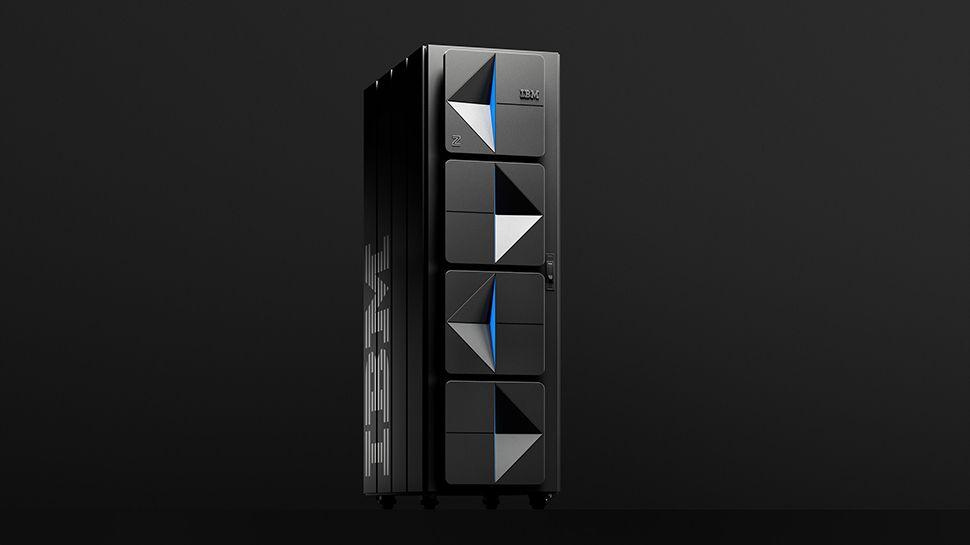- The fastest IBM Mainframe computer to date has a CPU Telum II with IA in chip coprocessor
- There is also an ia accelerator that expects it to be an attractive option
- The IBM Z17 brings Big Blue in the AI era, but will this be enough to defend against competition?
IBM has announced the Z17, a new mainframe to address the growing demands of the business infrastructure.
Positioned as a basis for hybrid cloud environments, and with support for real -time AI and business grade resilience, IBM Z17 is designed to handle heavy transactions workloads, improve operational efficiency and address security concerns in industries with strict compliance needs.
Central for the new Mainframe is the Telum II processor, which was originally announced in Hot Chips 2024. Developed with Samsung 5NM technology, integrates a CIP coprocessor in chip to admit inference tasks, including small language models with less than 8 billion parameters.
Great in security
Together with the processor, Big Blue plans to offer the Spyre Accelerator card (also previously prior viewed in hot chips) to complement Telum II and extend the calculation capacities for unstructured data processing, such as text -based generative AI.
The Z17 can accommodate up to 48 of these accelerator cards, allowing scalability in business workloads. 4Q 2025 are expected to be available through the PCIE card.
Security is a great approach to the IBM Z17 and includes characteristics with AI, such as confidential data labeling for the detection of threats of Z/OS and IBM for Z/OS, which use the processing of natural language to identify and protect confidential data or scan for possible threats.
In addition, it is compatible with cryptographic algorithms with quantum security standardized by NIST to address future regulatory requirements.
The Z17 system also incorporates a new data processing unit to accelerate I/O protocols for network and storage.
IBM says that it expects application developers to benefit from assistants driven by AI that can automate tasks throughout the software development life cycle, improving productivity and reducing the problems of transition of skills in Mainframe environments.
The cases of use of transactional, such as fraud detection, money laundering prevention and anomalies detection, can now be implemented closer to the data source, says IBM, with support for multimodel inference to improve precision and reduce false positives.
“The industry is quickly learning that AI will only be as valuable as the infrastructure in which it is executed,” said Ross Mauri, general manager of IBM Z and Linuxone, IBM.
“With Z17, we are bringing the company’s core with the software, the processing power and storage so that the operational AI is rapidly.
Available in configurations that admit up to 208 processors and 64TB of memory, the Z17, which is the culmination of five years of design and development, is designed to operate 5.5 GHz and comes in up to four pictures. While it is aimed at critical work loads, IBM also positions it as part of a larger hybrid cloud strategy.
IBM also removed the Z/OS 3.2 wraps, the next version of its flagship operating system for IBM Z systems. This is planned for its launch in the third quarter of 2025.




